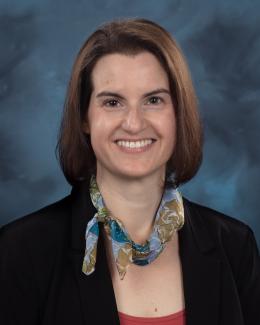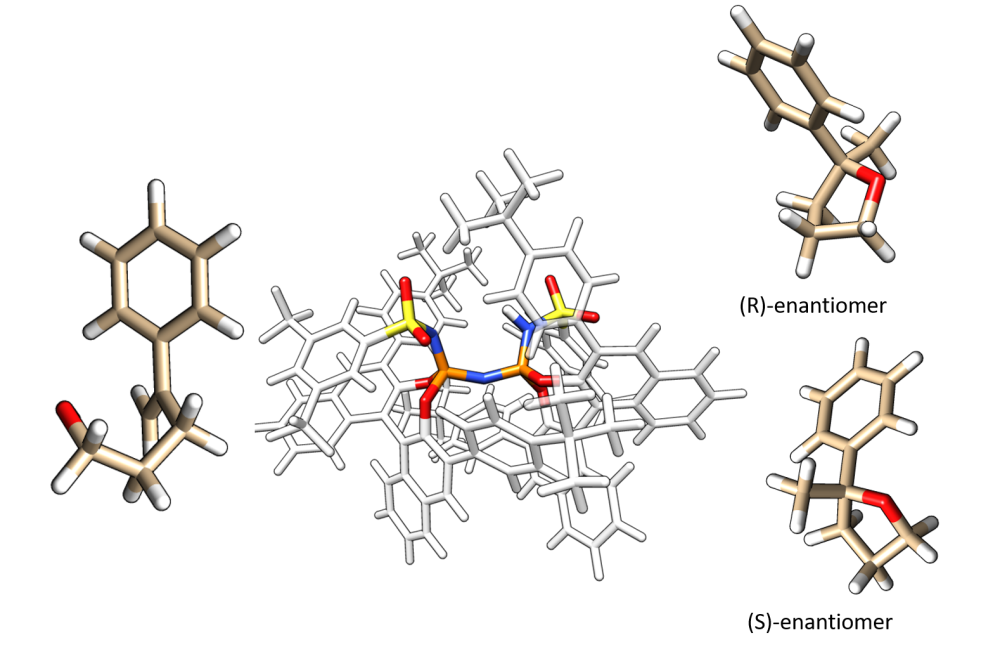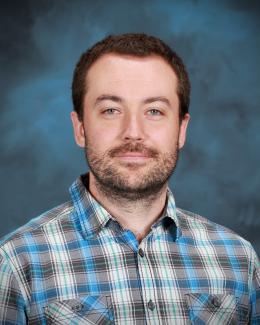May 1, 2018 – Researchers from the Max Planck Institute, renowned for advances in nonmetallic catalysis, leveraged computational modeling support from Oak Ridge National Laboratory to overcome a major limiting factor in the breakdown of simple organic compounds called olefins. Olefins are among nature’s most abundant chemical compounds and are commonly obtained from crude oil. But current industrial processes to catalyze olefins into useful products are energy-intensive and costly. ORNL’s Dmytro Bykov ran a series of calculations on experimental data provided by Max Planck to fill in the gaps. “The team had theorized the most promising catalysis candidates, but they needed details on the reaction mechanisms that are difficult to determine in a lab setting,” Bykov said. “For instance, computer modelling can find structures of transition states, reaction barriers and alternative pathways, and ultimately shed light on the nature of substrate activation.” The resulting three-dimensional models helped the team better predict the most plausible ways to catalyze olefins. Their discovery was published in the journal Science.




